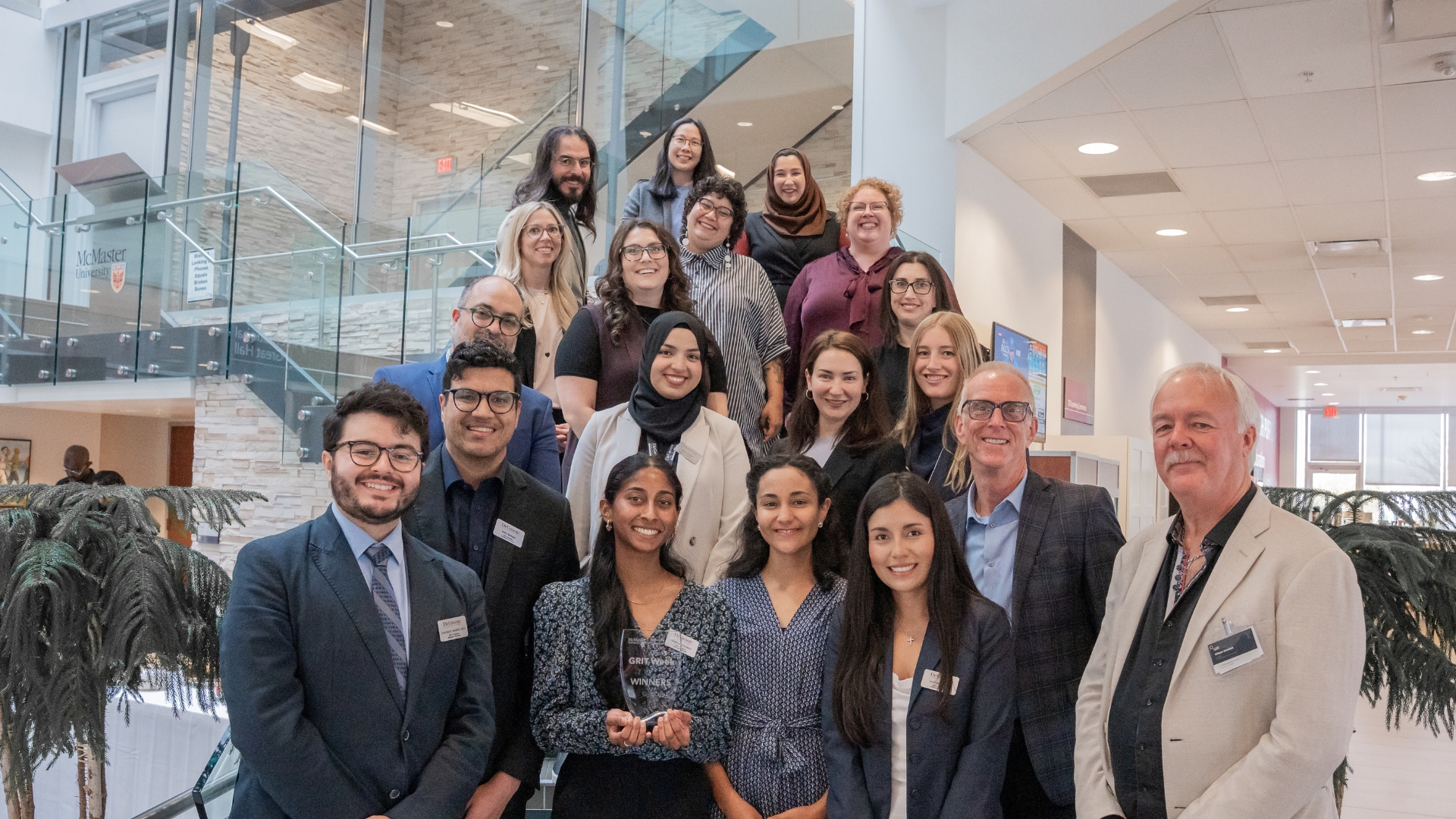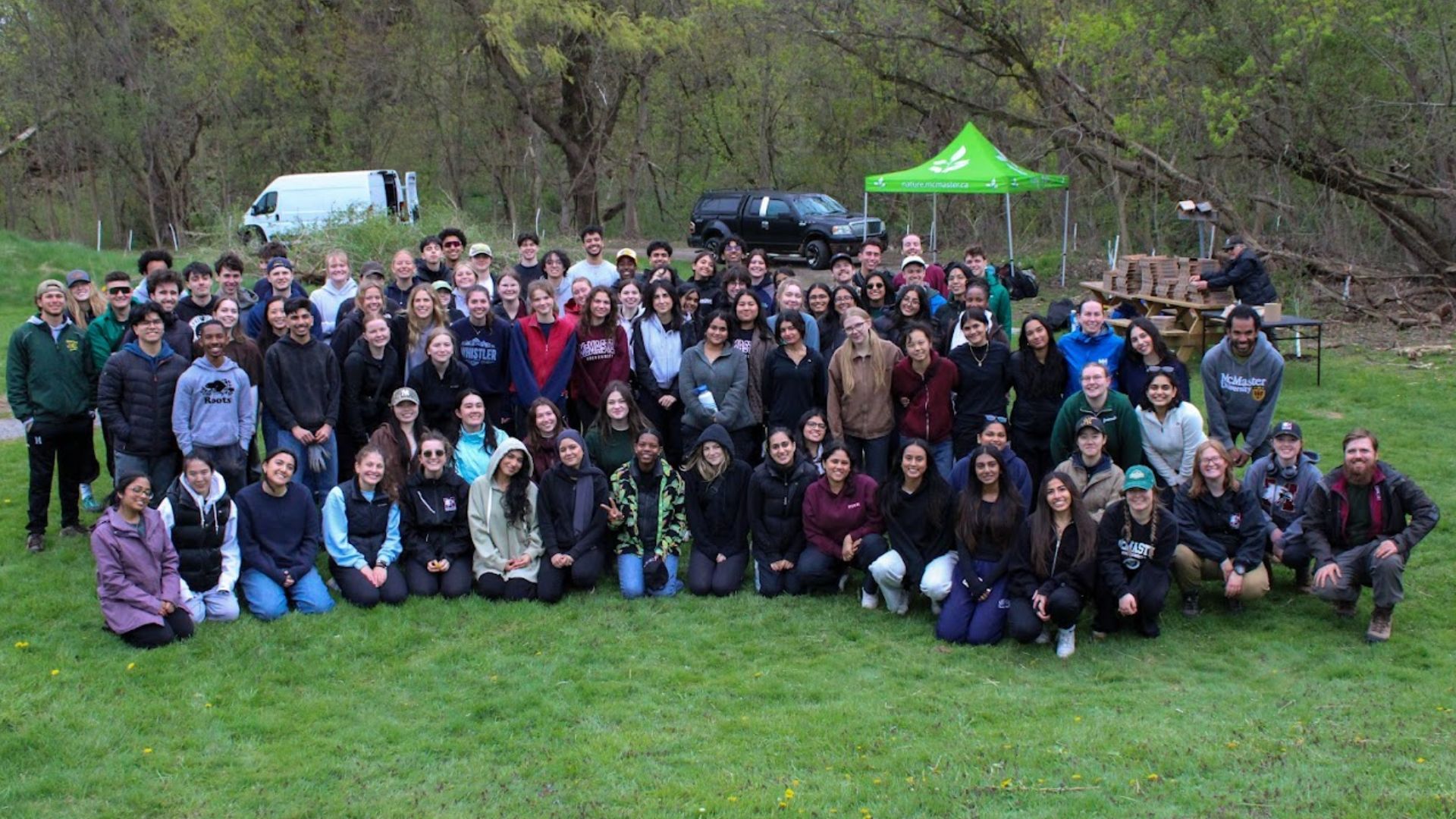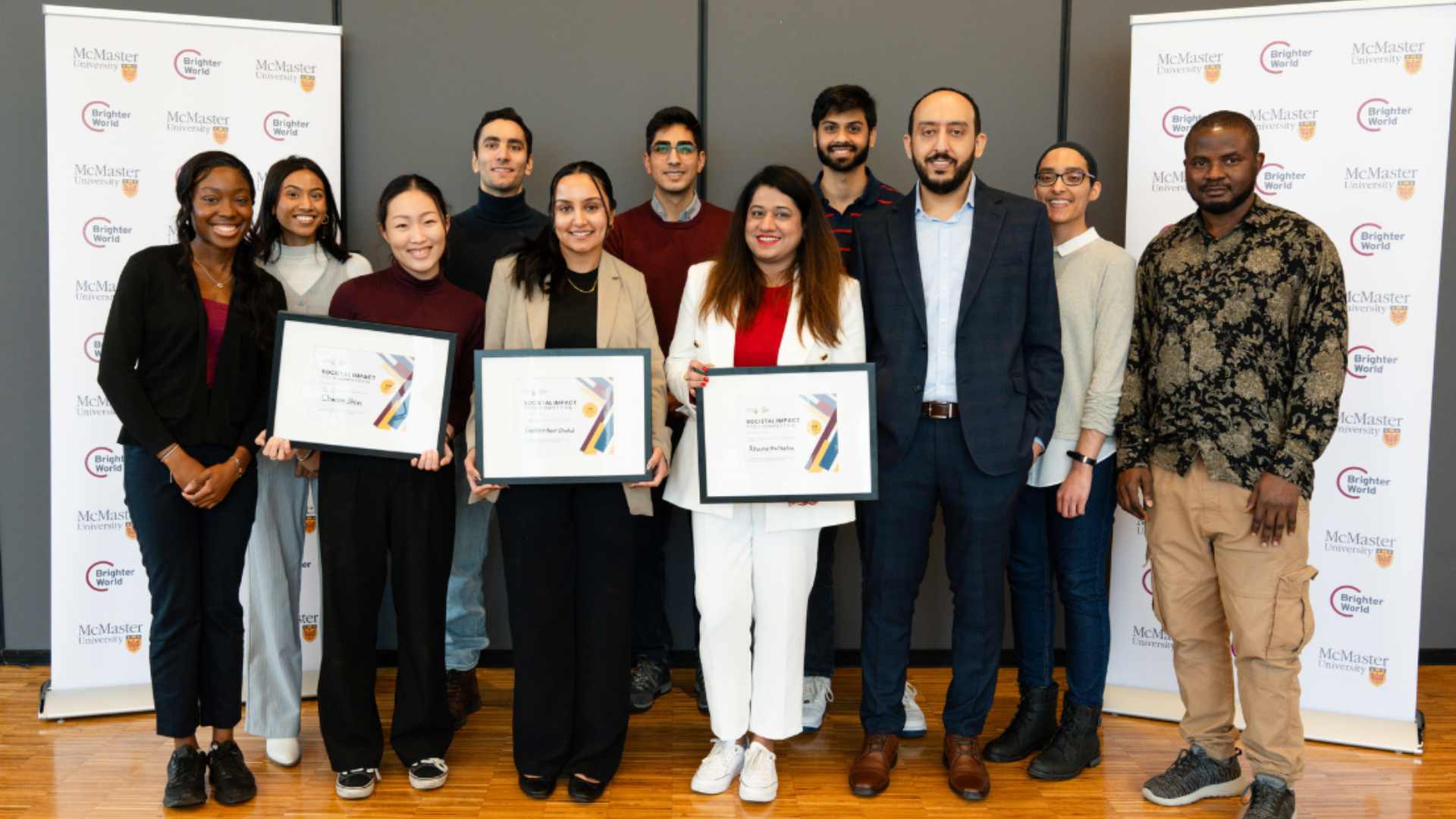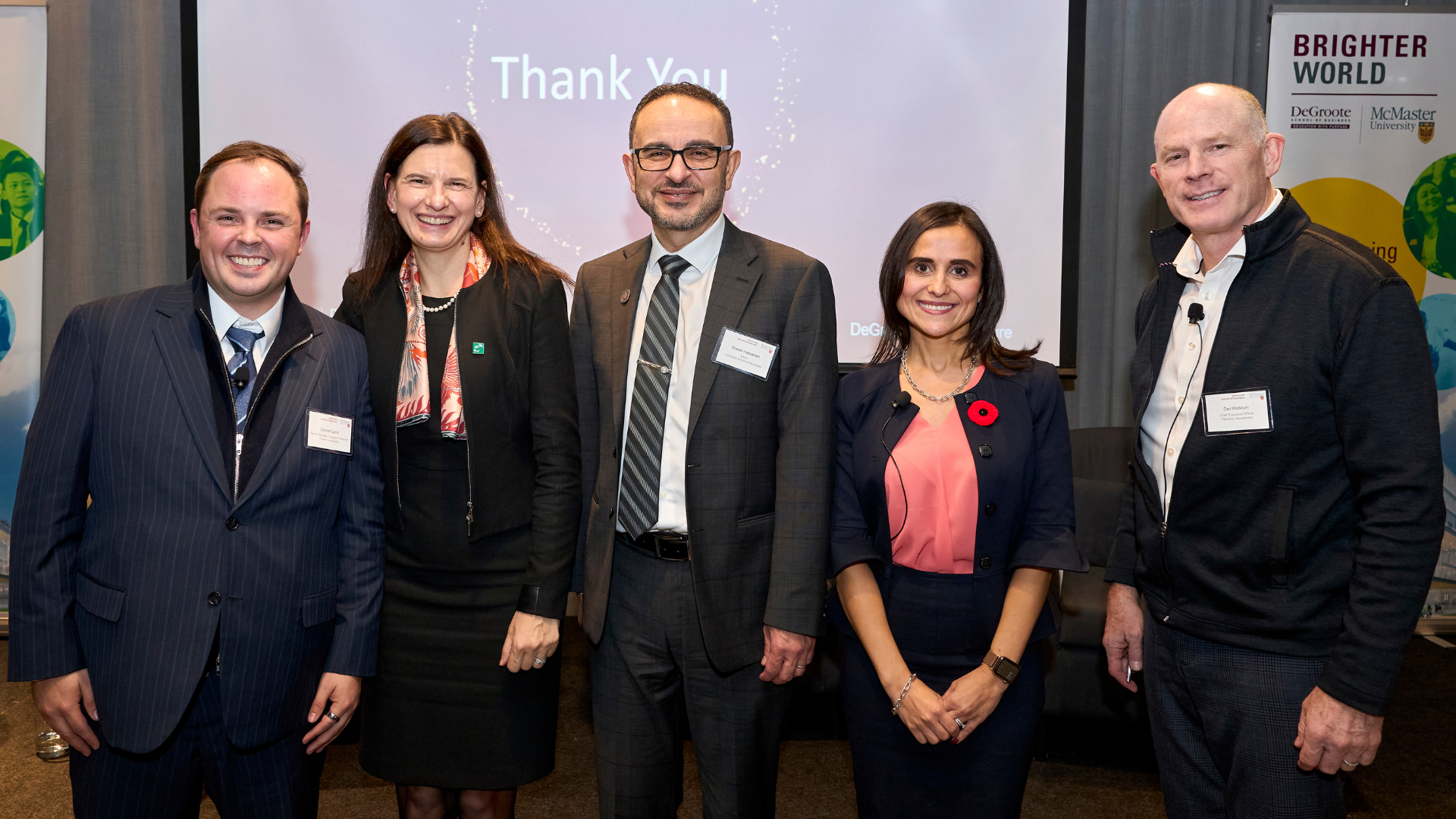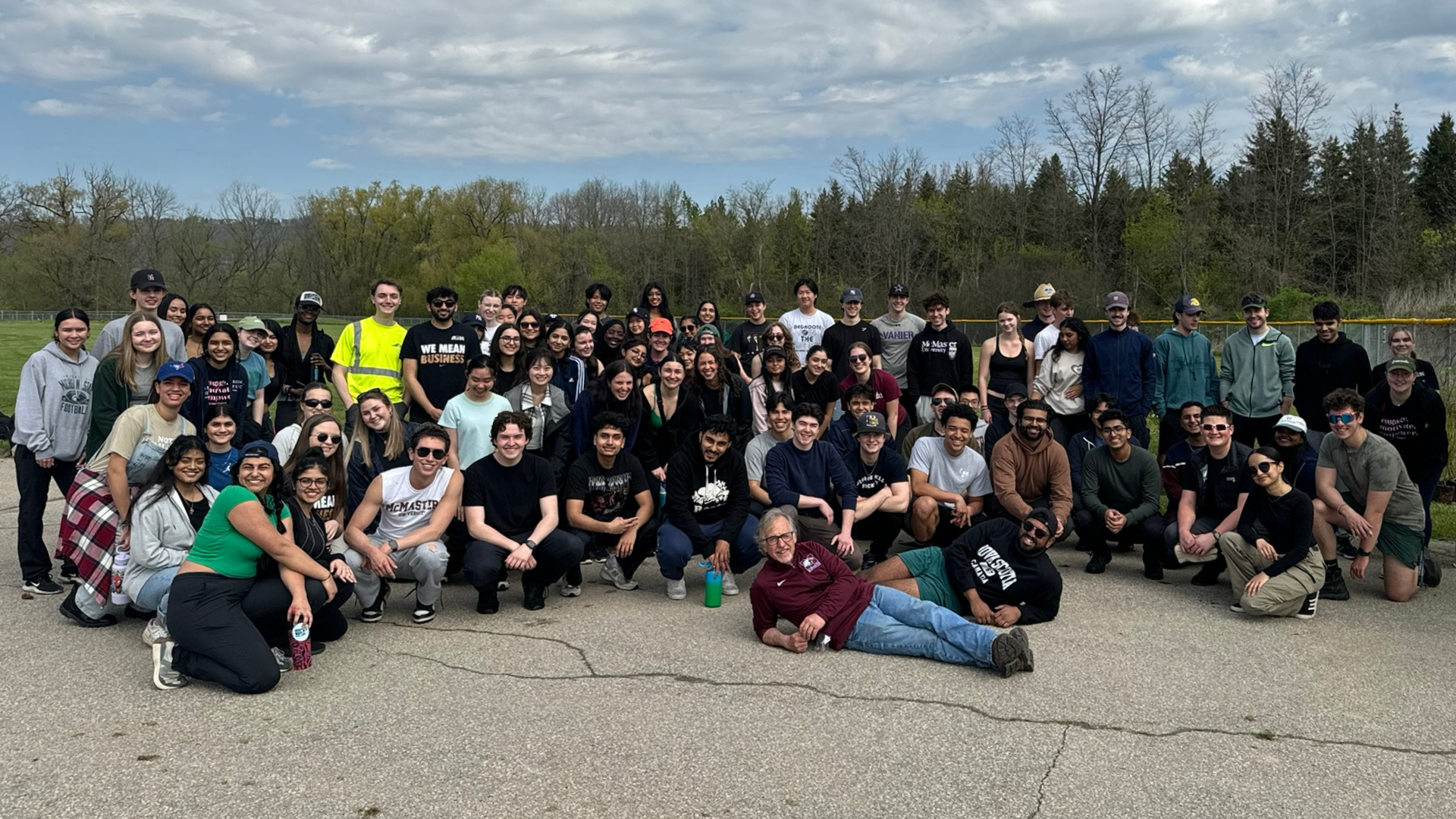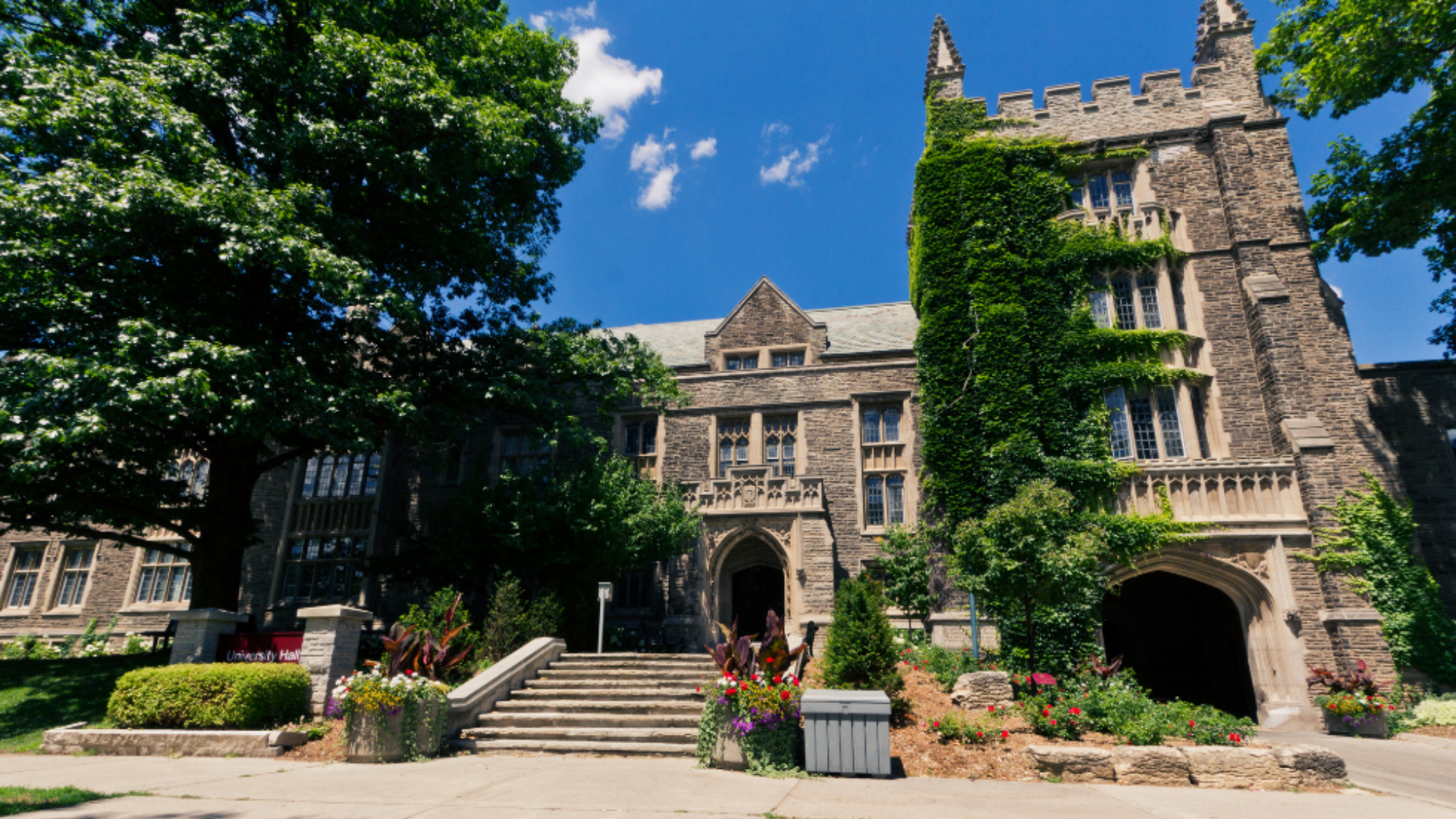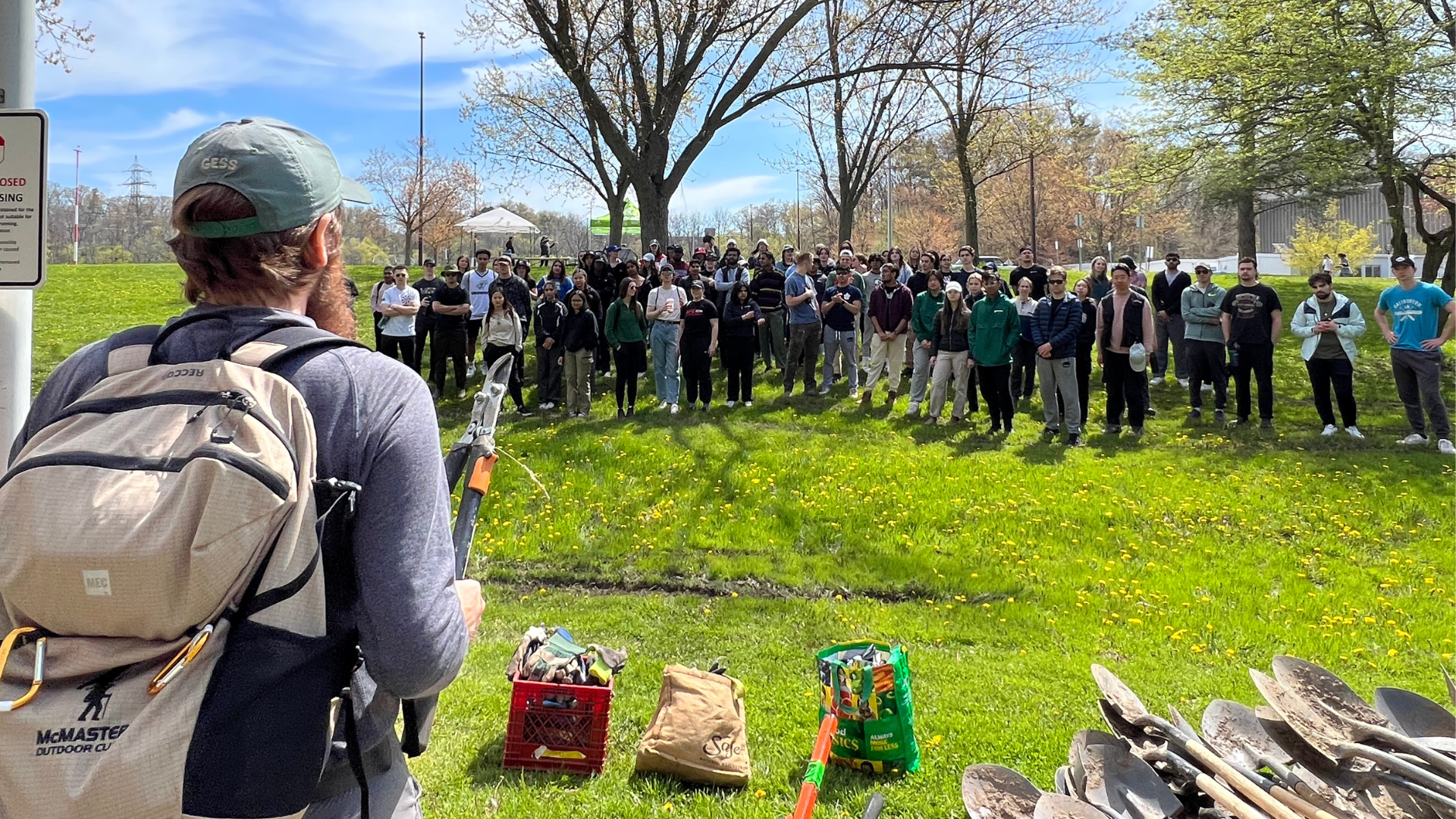FINANCE AND BUSINESS ECONOMICS RESEARCH STRATEGIC PLAN | RESEARCH AND SCHOLARSHIP
Putting a price on the environment
July 29, 2025 ·
Contributed by: Izabela Shubair, DeGroote Contributor

While some cartoons are colourful distractions, others leave lasting impressions. Long after childhood, some people may remember the Teenage Mutant Ninja Turtles’ sense of justice. Others might hold on to Ms. Frizzle’s science lessons from The Magic School Bus. For Amir Akbari, an associate finance professor at DeGroote, a cartoon whose name he’s long forgotten didn’t just stick with him — it sparked his research in sustainable finance.
When he was just seven, Akbari watched an animation that depicted the damage caused by oil drilling in Northern Canada to the land, wildlife and local Indigenous communities. Today, he examines how firms and investors respond to biodiversity risks, aiming to quantify the financial impact of environmental degradation and shape more sustainable investment and policy decisions.
“More than $40 trillion — half of the world’s gross domestic product (GDP) — is highly or moderately dependent on services we receive from ecosystems,” Akbari says. “These services support agriculture, pharmaceuticals and many other industries.”
“We are damaging biodiversity at an unprecedented rate, which poses a direct risk to firms’ cash flows and their ability to operate. So, beyond enabling sustainable life on Earth for future generations, biodiversity loss has immediate business consequences.”
The importance of sustainable finance
Previously known as corporate social responsibility, sustainable finance now incorporates environmental considerations into financial decision-making. The field has evolved to focus on accountability not only to shareholders but also to stakeholders, including employees, communities and the planet.
“As environmental damage increased, interest grew in how firms respond to challenges like pollution and climate change,” says Akbari. “This gave rise to environmental, social and governance (ESG) issues, encompassing not just ecological concerns but also social responsibilities and organizational governance.”
Biodiversity, Akbari’s focus, is a critical but sometimes overlooked ESG dimension.
Even with nature’s essential role in supporting global industries, biodiversity loss has emerged as a significant risk facing the world over the next decade, according to the 2023 World Economic Forum’s Global Risk Report. In 2022, 196 countries acknowledged the urgency of tackling global biodiversity degradation, signing the landmark 30×30 Agreement to protect 30 per cent of land and sea by 2030.
While awareness of environmental risks is increasing as a governance and investment concern, there is limited understanding of how corporations and financial institutions integrate biodiversity impacts into their decision-making and risk management processes. Akbari’s research aims to fill this gap.
Investors and biodiversity
His work highlights the financial implications of environmental degradation, reflecting a broader shift in how firms and investors approach their role in protecting the planet.
In a series of related papers, Akbari aims to:
1. Measure Biodiversity Risk: Develop data-driven tools to assess the risk to companies resulting from their impact on nature, particularly those operating in ecologically sensitive areas.
2. Track Investor Preferences: Analyze whether investors, particularly mutual funds, consider biodiversity risks when choosing companies.
3. Assess Investment Impact: Determine whether investing in low biodiversity-risk companies yields lower or comparable financial returns, and how this can inform policies such as nature-related taxes or subsidies.
Already, the research is delivering compelling insights.
For example, Akbari found that firms operating near protected areas — designated zones with usage limits to preserve ecosystems — tend to scale back their activities to reduce environmental impact rather than adopting greener technologies. This often results in lower sales and fewer jobs. The reactive, risk-averse strategy leads to a decline in productivity, profitability and market value.
“These facilities tend to decrease their business and their pollution by more than 50 per cent compared to their peers when they’re first exposed to protected areas,” Akbari says. “It affects their cash flow and has a negative impact on their parent company.”
So, how do investors — especially mutual funds that pool funds from individuals to invest on their behalf — respond to companies facing biodiversity risks? In the context of sustainable finance, many mutual funds actively seek out companies that demonstrate strong environmental responsibility. These so-called “green investors” often prioritize firms with smaller ecological footprints, even if it means accepting slightly lower financial returns. According to Akbari, this is because they place significant value on the positive social and environmental outcomes of their investments.
“These mutual funds usually have very deep pockets because many people invest in them,” he explains. “That gives them enough leverage to impact firm decision-making. When they suggest that companies should be more environmentally friendly or invest in sustainability, firms typically follow their recommendations.”
Still, transparency around environmental practices remains a challenge. In Canada, companies report pollution data to Environment and Climate Change Canada, which audits it. However, these reporting standards don’t apply to production activities abroad. As a result, companies often shift their polluting activities to supply chains in countries with weaker enforcement.
“When environmental policies become stricter in places like Canada or the U.S., these companies move polluting processes to emerging economies,” Akbari says. “The same holds for carbon footprints. If it’s pushed down the supply chain, the original company technically doesn’t need to report it.”
Potential research impact
These accountability gaps underscore the urgency of Akbari’s broader research goals: bringing clarity, responsibility and measurable impact to how nature is valued in finance. Understanding how firms and investors respond to biodiversity risks, he says, is crucial for enhancing corporate sustainability practices and developing effective environmental policies and investment strategies that align financial markets with global conservation objectives.
Akbari hopes his research will clarify who should bear the cost of protecting nature.
“We can’t live in a world where we do whatever we want, irresponsibly damage the environment, and then ignore the costs of our actions. We are causing wildfires or floods and us taxpayers need to pay for them,” he says. “I hope my research can help monetize those costs. So, hopefully, we end up with a system that says: These costs should be paid by whoever causes them. The environmental costs, in this way, would trickle down to companies, who must know that the pollution they’re causing is not free.”




